Savage Republic | Scenic | Interview | Bruce Licher
The notorious Los Angeles-based post-punk legends Savage Republic, originally named Africa Corps formed in the early 1980s by four college students obsessed with music.
Bruce Licher was the founding member of the band, including the mid-1990s instrumental post-rock band Scenic. His life revolves around music and records as he’s also the owner and founder of Independent Project Records. Savage Republic’s visceral, cathartic blend of punk, surf rock, industrial music, psychedelia, soundtracks and Middle Eastern nods would have no imitators. It did prove eye-opening for many: the recently released reissue of Savage Republic’s debut ‘Tragic Figures’ features fond memories and homages from friends and peers that were irretrievably struck by this proudly unique band, from Kendra Smith and Michael Stipe to Mike Watt and Nels Cline. When Savage Republic first got together, comprising UCLA students Bruce Licher, Mark Erskine, Philip Drucker (aka Jackson Del Rey) and Jeff Long, their favored practice space was one-of-a-kind, too. By then still calling themselves Africa Corps, they used to tune in and let loose in the concrete parking structures of their campus.
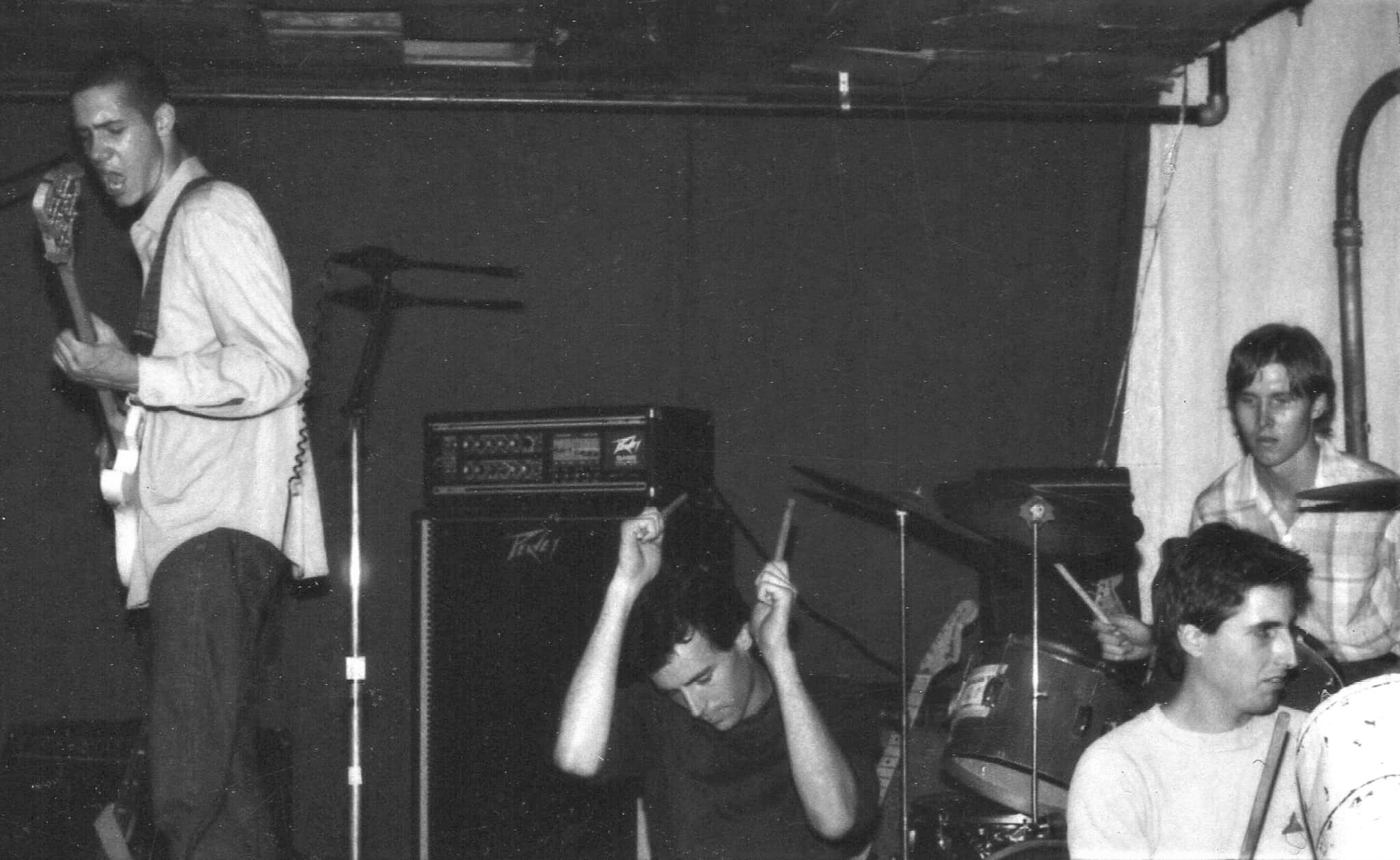
“In our early days of the band we were always experimenting with new ideas”
It’s always exciting when something unreleased is being released by a band that’s notorious for their shows. Where did you locate the Africa Corps Live at the Whisky A Go Go 30th December 1981?
Bruce Licher: I’ve had it ever since it was recorded, in a box with a lot of other live tapes of the band from that period. I taped most of our performances in those first years, usually using a small portable cassette recorder near the back of the room, so the quality on most is pretty “lo-fi” to be generous. But I remember when we were setting up for the Whisky gig I asked the sound man if I could put my recorder at the mixing booth, as I figured that would capture the best sound in the room. When the sound man offered that he could record our set directly from the board I of course agreed, and so that’s what we ended up with. When I revisited the tape last year I realized that not only did it sound pretty decent, being a board tape, but we actually played quite well for the most part (something that was not always the case…). It was then that I started conceiving it to be a standalone release, and so here we are…
It was released via Independent Project Records, would you like to tell us about the mastering process? It was done by Warren DeFever (His Name Is Alive).
I sent Warren DeFever the original cassette tape once he agreed to do the transfer and mastering, and I let him do whatever he felt he needed to do to make it sound as good as he could. He even commented that he was amazed at how good the quality was of what was on that tape, and I’d say that had a lot to do with it having been recorded directly from the sound board.
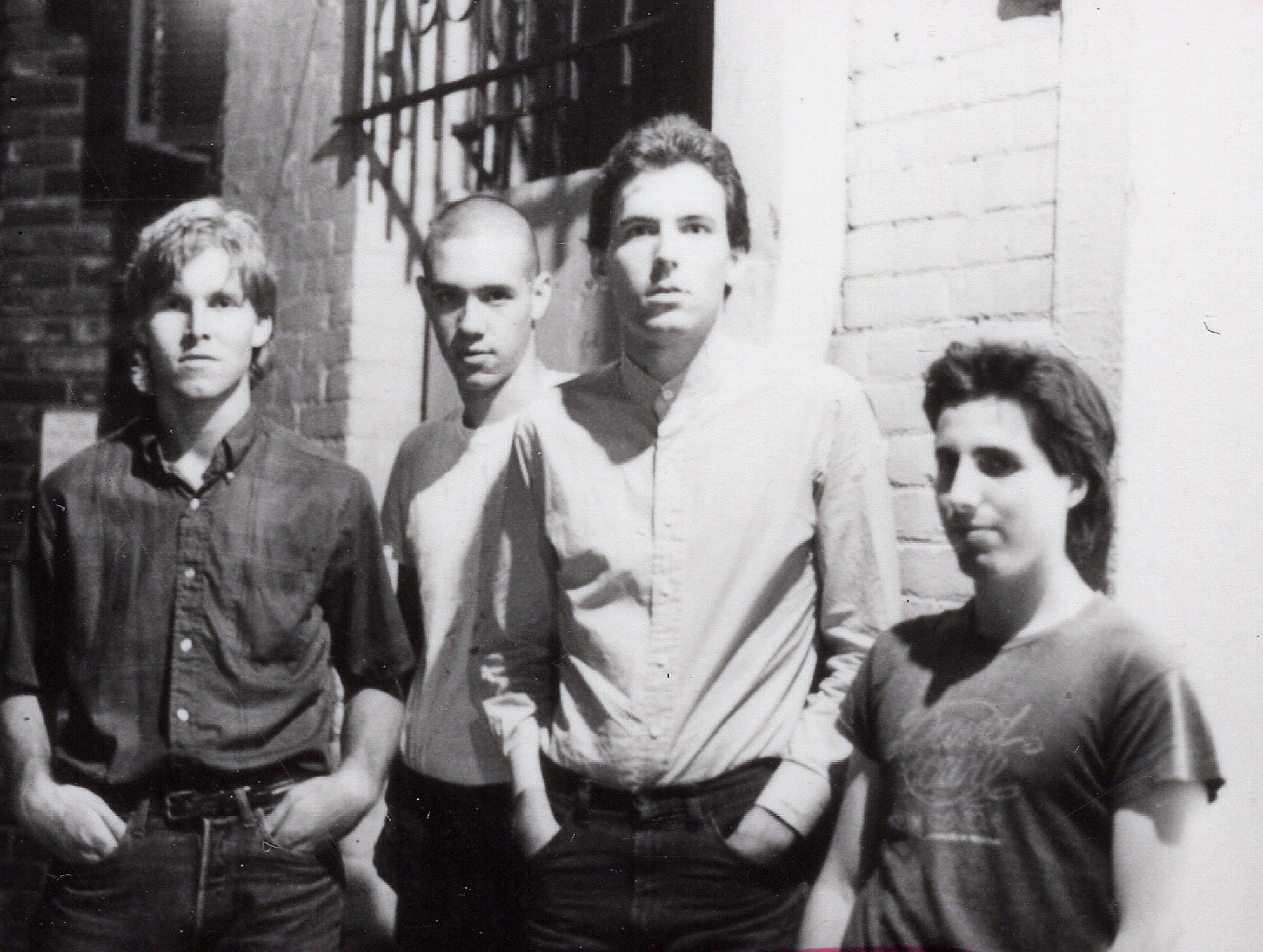
What’s interesting are some of the different versions of the songs that later appeared on ‘Tragic Figures’, would you like to tell us about them?
In our early days of the band we were always experimenting with new ideas, and for the first year or so I came up with the concept that every time we did a show we would either have a new song to play that we’d never played before, or we would change one of the songs we’d been playing so that it was different than we had played it previously. That way an audience member who had seen us play before would always have something new to hear each time we played. Hence, a number of our songs went through various stages before they were finally solidified in the studio. For instance, the instrumental song ‘Mobilization’ began life in a previous group I was in with Philip Drucker called Them Rhythm Ants. We never recorded it in that group as it was one of the last things we wrote before splitting up, but I liked the song and so brought it to Africa Corps and we evolved it into our own instrumental version as you can hear on this recording. When we finally recorded it at Radio Tokyo Studio a year later Jeff Long decided it needed vocals, and so when we met at the studio he said “Hey, I’ve got these lyrics I wrote, what do you think?” So he added his vocal part to the instrumental version we’d recorded, and from that point on it was a song with vocals. As for the song called ‘First Assembly’ on the Whisky recording, I had completely forgotten about that version that we opened the set with until I listened to the tape again last year. That opening guitar riff was something I’d been playing around with in rehearsal and so we decided to open the set with it, with Jeff improvising the vocals on the spot. Being the first time we ever played the song in front of an audience it gets off to a bit of a shaky start, but solidifies once the whole band joins in. I remember feeling that it wasn’t quite realized enough so we dropped it from our sets after that show and didn’t play it again until after Jeff Long had left the band and Robert Loveless had joined.
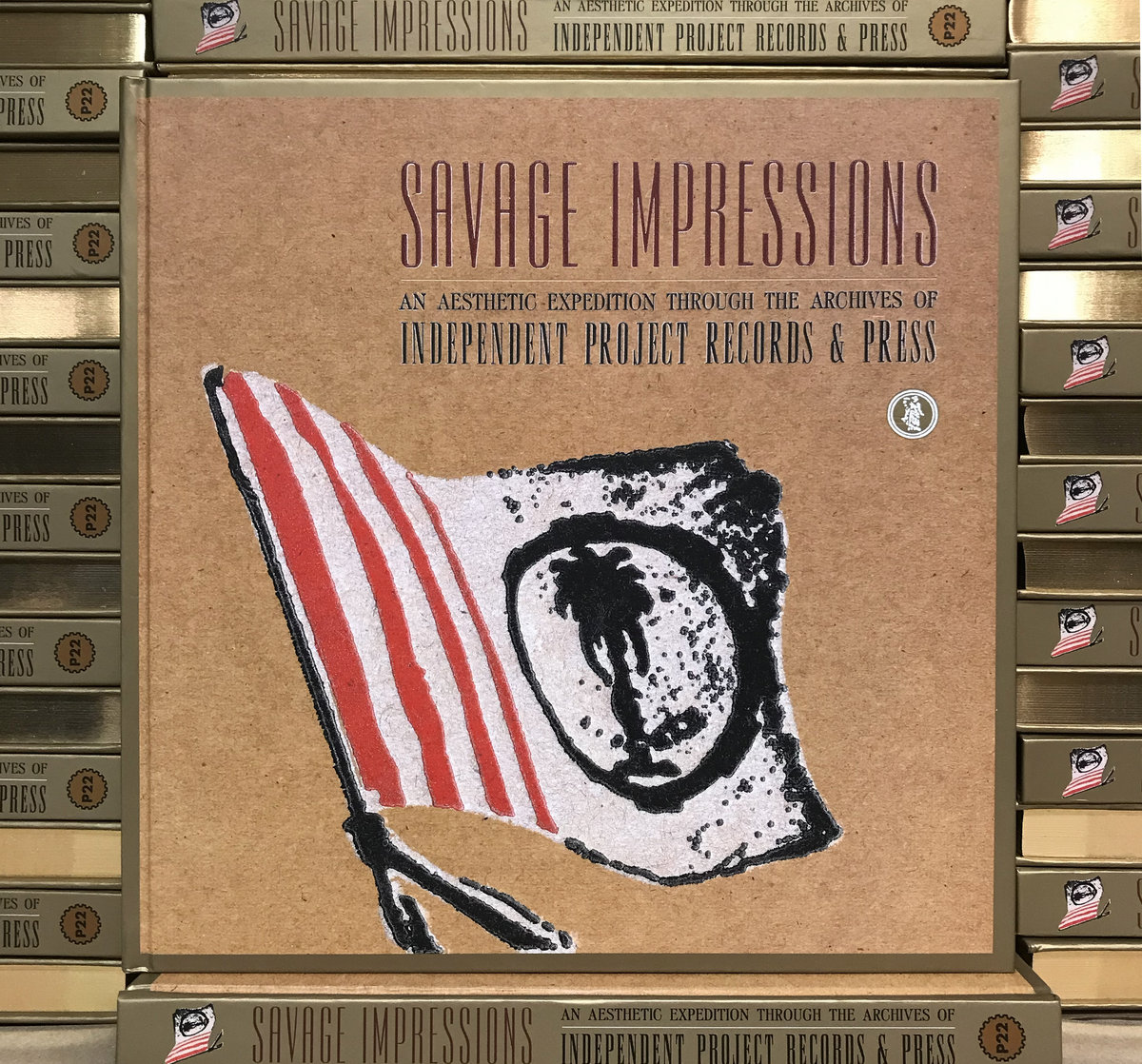
In summer of 1983 the remaining members were working on new material and recorded a 6-song demo in Robert’s garage for Rough Trade USA (who had expressed interest in the band) which included an instrumental version of the song, which I titled ‘Assembly of The Dead’. That version was released in early 2020 on the limited edition ‘Tape Excavation‘ compilation LP co-released by IPR and P22 to accompany the Savage Impressions book published by P22 (we have just released an expanded edition of that compilation at the end of March 2023). The song, with the shortened title of ‘Assembly,’ was finally recorded in the studio by the next line-up of Savage Republic in 1985 and was released on the ‘Trudge’ EP.
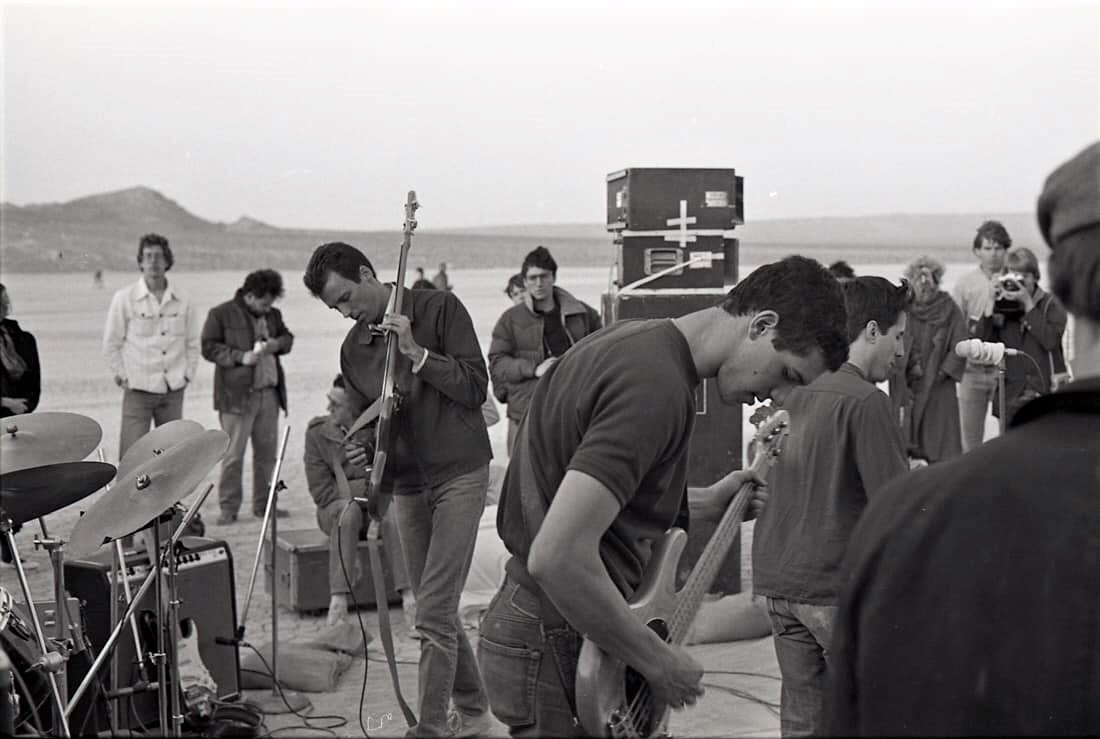
How do you recall from working on ‘Tragic Figures’? What are some of the strongest memories from it?
We first started recording on our own in the concrete parking garages at UCLA, using my TEAC 4-track reel-to-reel recorder and several microphones that I had purchased. We had no previous recording experience, so we were learning as we went along, and that’s how many of the bonus tracks that appear on the recently expanded version of ‘Tragic Figures’ were created. At the time I felt like I didn’t have enough knowledge or experience to make a “professional” sounding record, which is why we decided to go to Radio Tokyo Studios to finish the recordings. It was definitely a good experience to work with Ethan James as our recording engineer, as we learned a lot from him in the process. Ultimately, though, I was still uncertain about how it all came out in the end. There were certain songs I was very happy with, but others that I felt like we just weren’t able to capture the way I heard them “in my head.” Interestingly, years later when re-visiting the early 4-track recordings I find I’m much happier with the raw sound and energy of the parking garage recordings than many of the studio recordings we ended up with. So it was good to finally be able to share those recordings in the expanded edition of ‘Tragic Figures’.
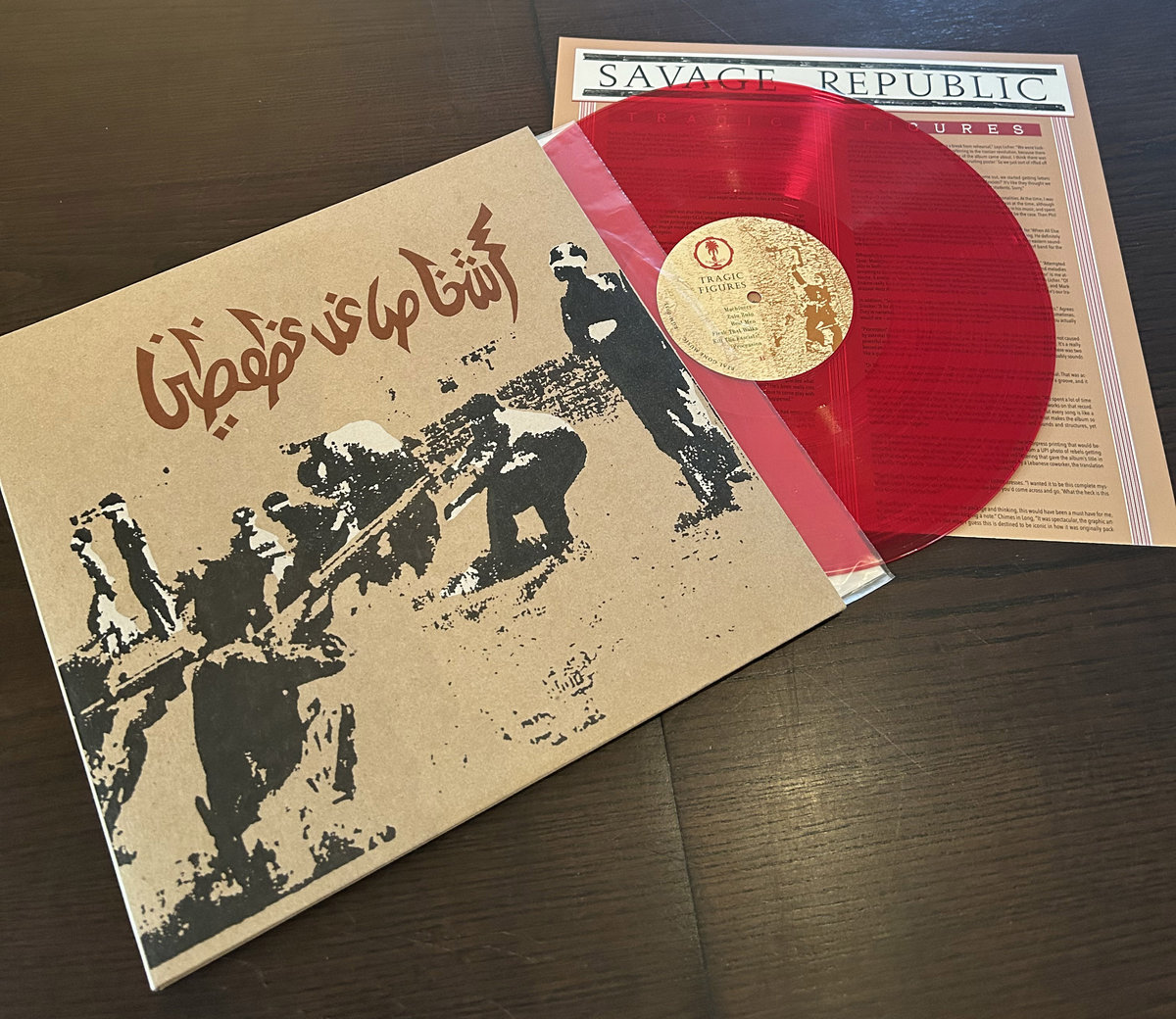
In the end, though, for me one of the most memorable aspects of the recording is also one of the saddest, and for me was one of the more challenging experiences I had at the time. Our drummer, Mark Erskine, was such a creative person, but seemed to have many more psychological demons than most people, and he struggled with this the whole time we were working together. He told us that he would hear voices in his head that would tell him horrific things, and during the time we were starting to work on the album he was in and out of a local psychiatric hospital where his parents took him after he had tried to jump out of their car on the freeway. We did our best to support him and thought that our working on the album would help him to focus his mind on something positive that would ultimately help keep him sane and stable. It was towards the end of our recording sessions at Radio Tokyo that we were all supposed to meet at the studio and Mark didn’t show up. I was able to reach him by phone at his sister’s house in Hollywood (about 15 miles from the studio), and realized that he was in no state to drive a car, so I offered to come pick him up. After loading his drums in my car and another half hour of trying to convince him to get in and let me drive him to the studio he finally got into the passenger seat, closed the door, and his hand immediately clamped on to the door handle and he wouldn’t let go. It was at that point I decided that I was NOT getting on the freeway, and would drive slowly on side streets the entire way to the studio. I’m glad I did, as when we got within a mile from the studio I was driving at around 30 miles per hour when I suddenly realized that he was opening the door and about to jump out of the moving car. I immediately slammed on the brakes and grabbed him before he could exit the car, then pulled over to calm him down. We eventually made it to the studio and tried to do the recording we needed to do that day, but Mark was not in very good shape and we only got one song done — the version of ‘The Ivory Coast’ that appears on the album. There’s one part in the song where the drums get a little bit off, but we knew that Mark didn’t have it in him that day to do any better, so we just accepted it. That was the last day that Mark was able to record with us for the sessions, as he went back into the hospital again the following day. So the rest of us finished up the album without him, cobbling together pieces from our various recording sessions and adding overdubs to fill out the tracks.
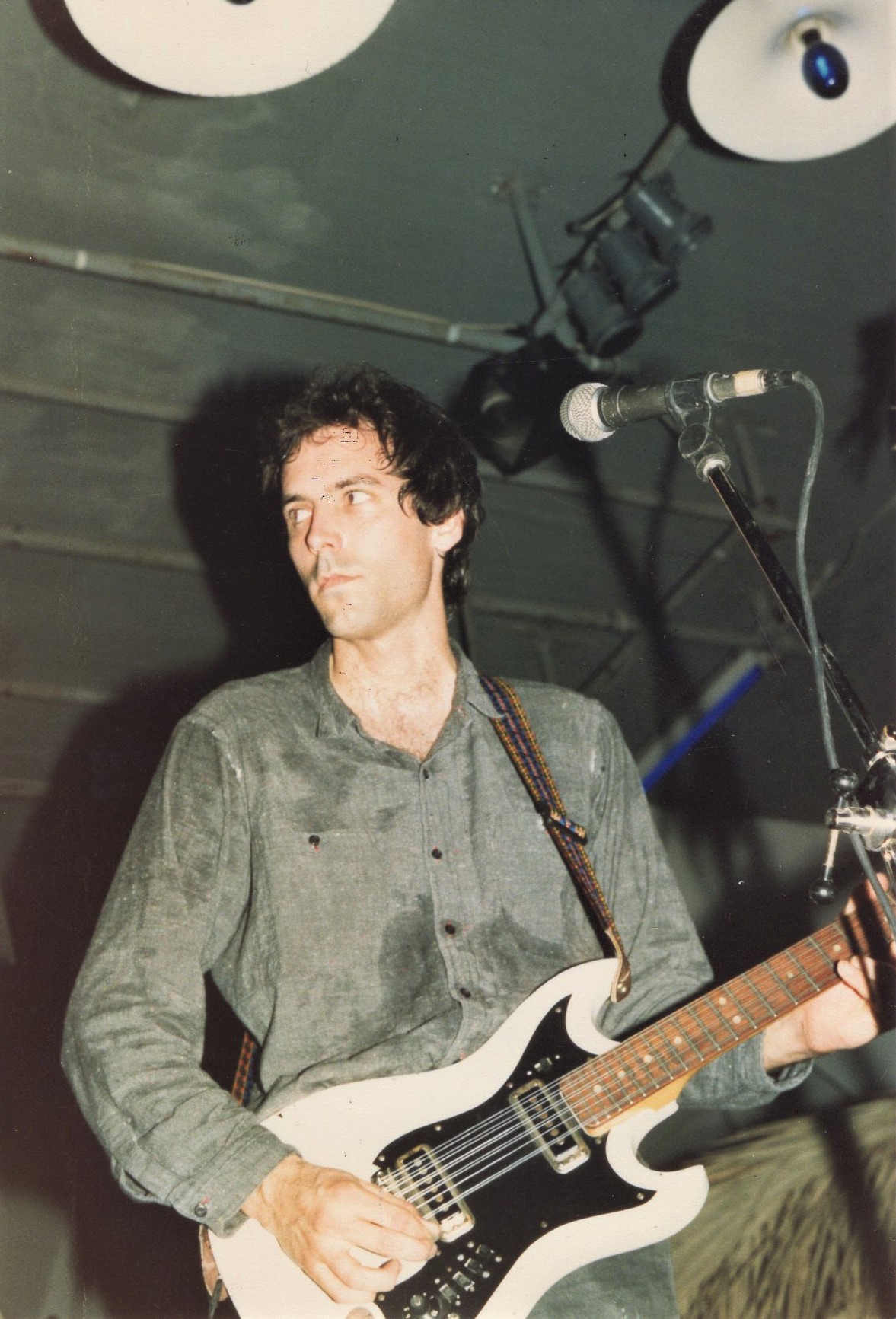
Would you say there’s a certain concept behind it?
When we started recording for the album that became ‘Tragic Figures,’ we mostly wanted to document the songs that we had been creating as best we could. We had decided we wanted to record and release a full album rather than a single, to make a more powerful statement of who we were and what we were doing. It was only after we had managed to record enough material that we began to think about how it could be presented, and of course song sequence is a large part of that process. We wanted the album to have a certain flow to it, so that you were taken on a journey, so to speak. How does one song end, and what makes the most sense to follow that sound or feeling you have from listening to the previous song? This is something I’ve always paid attention to on any project that I’ve been involved with on that level. It was a challenge on ‘Tragic Figures,’ since there was such a diversity of sounds and styles, but I feel like we managed to come up with an overall album that works from beginning to end and takes the listener on a journey that is unlike any other.
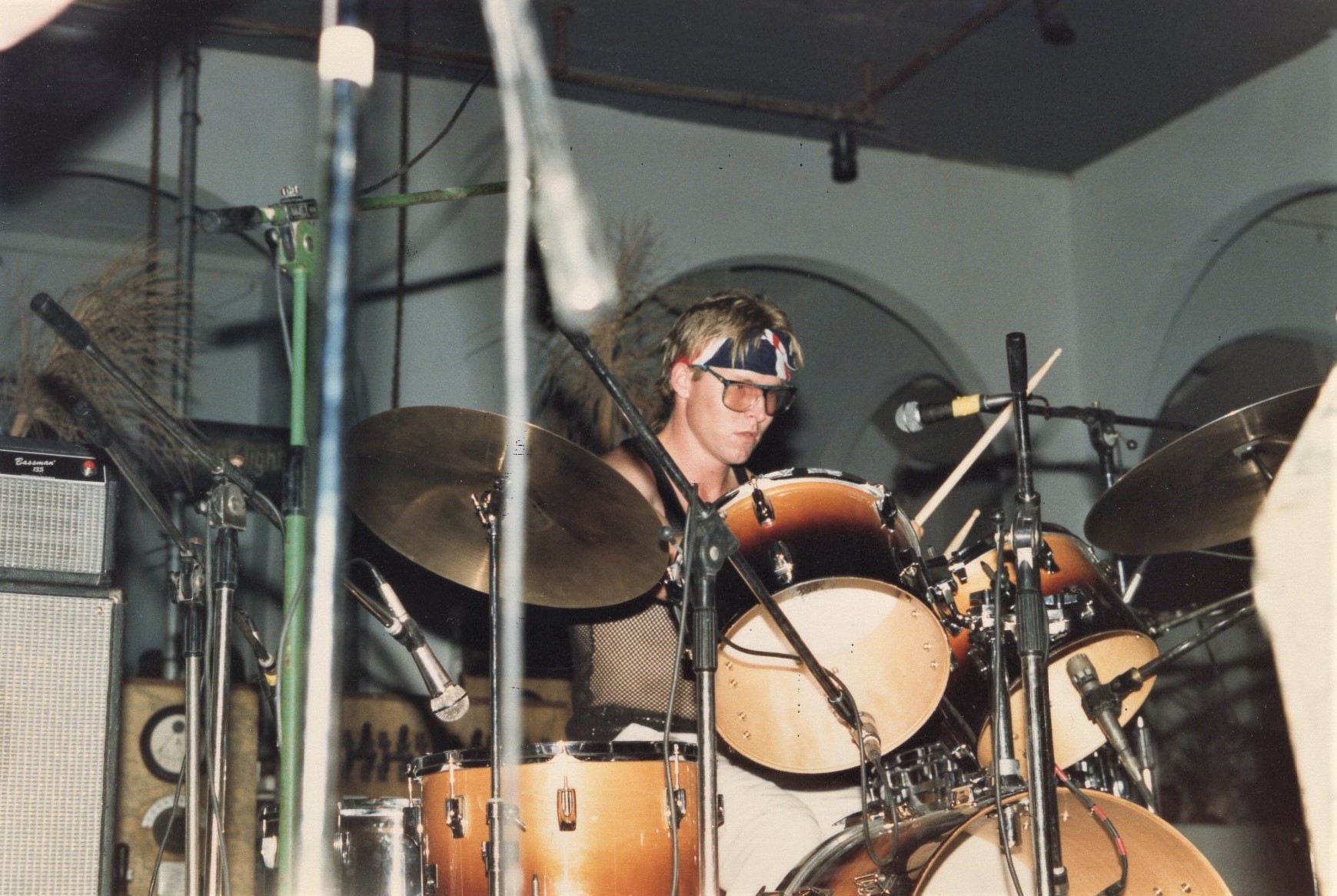
“To explore and try to figure out what sort of interesting sounds I could make with different instruments”
How do you usually approach music making?
In the early days I was always interested in trying something new. To explore and try to figure out what sort of interesting sounds I could make with different instruments. As I mentioned above, for the first year or so of the band we always wanted to bring something new to the set every time we performed, and so this was a part of this interest in exploring what was possible with our sounds. When I bought my first guitar I had absolutely no idea what to do with it so I signed up for a weekly guitar lesson to get a feel for how to play it. After 6 weeks of learning Chuck Berry riffs I decided that was enough, and I had a basic understanding of how to make sounds by putting my fingers in certain places, so stopped the lessons and started to see what kind of unusual noises I could make with the cheap Stratocaster copy and small amp I had purchased. It got very strange there for a while, but it was a good foundation for what we would do in Savage Republic. After seeing the first Los Angeles area performance by Glenn Branca I was inspired to re-string and tune my guitar with all B strings, which we then called the “monotone guitar.” That changed the way we played guitar, as it became a much more limited instrument in some ways, but something that expanded the sounds we were creating, and it was a sound that blended with the other instruments in a very interesting and pleasing way (to my ears, at least). In the years since I’ve evolved the stringing and tuning on the guitar that I use to a variant of that original “monotone guitar,” to give me a bit more flexibility in sound and what I’m able to do with it, but it still has it’s limitations, which is OK with me. I don’t read music, nor could I tell you what notes or chords I am playing, and I’m fine with that. I play around within the limitations of the instrument I’ve chosen and when I come up with something that I like the sound and feel of, I continue to develop the structure of the piece until it feels finished. I’m happy creating music that is meaningful to me with the instruments I have, and am always looking for sounds and melodies that speak to me and give me satisfaction. Currently I am creating music with my artist wife, Karen Nielsen Licher, as SR2. We both play our uniquely-strung and tuned electric 12-string guitars, for the most part with Karen coming up with chord structures and patterns from which I then create a melodic lead line to flesh out the song.
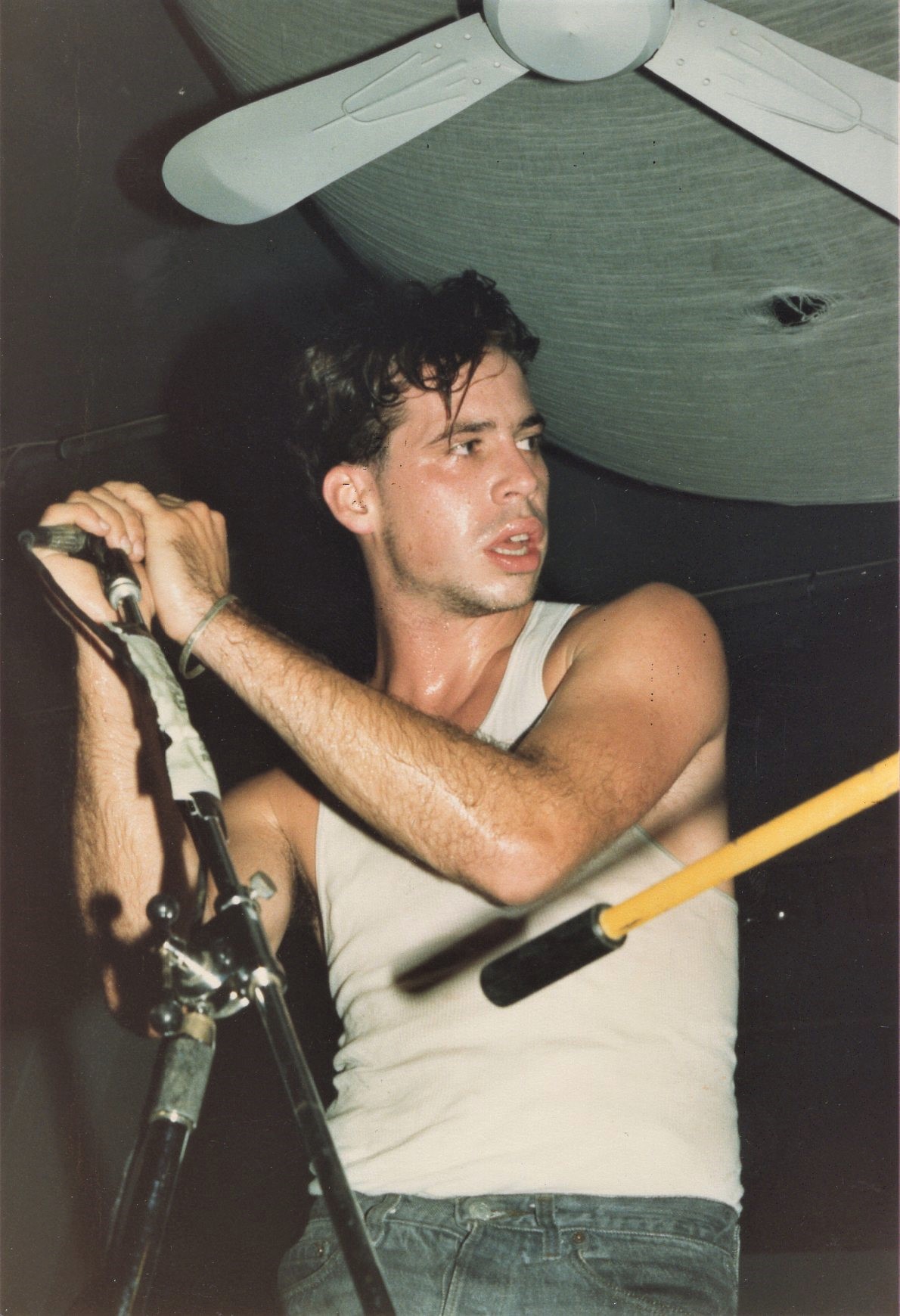
How come you aren’t part of the 2021 album, ‘Meteora’?
I haven’t been involved with the band since the short reunion tour of 2002. When Thom Fuhrmann and Ethan Port decided they wanted to revive the band after that tour they asked if I wanted to be involved, but at that point I felt like I needed to focus on my own musical projects so declined. They then brought in other members and have continued recording and touring as Savage Republic in the years since.
“We found a niche where we could play our music, at obscure art galleries and underground clubs”
You were so young and the energy was incredible, would you like to share some further words about the scene. How would you describe the scene when you started?
I was first introduced to the late 70’s LA punk scene when I signed up for a photography class at UCLA. A couple friends in the art department had been going to see the punk gigs at various places in Hollywood, so I decided to go take photos of some of the bands at the gigs. It was definitely an exciting time and a vibrant scene, and of course there was a part of me that wanted to be up there on stage too, but at that point I didn’t feel like it was possible. There were so many amazing bands that I was able to see in that scene, from the intense synth punk of The Screamers, to the energetic power pop punk of The Last, to other great LA bands like The Weirdos, The Dickies, The Deadbeats, X, and then some of the San Francisco bands who made their way to LA to do shows, like The Avengers and The Sleepers. Still, what we were doing with Africa Corps/Savage Republic didn’t quite seem to fit in with that scene. We couldn’t have gotten booked at the clubs I was going to at that point, so we found a niche where we could play our music, at obscure art galleries and underground clubs like The Brave Dog on the edge of Chinatown in downtown Los Angeles. Eventually we started meeting other like-minded bands who were doing something more unique than the generic punk rock that was so prevalent, but still were more accessible than we were, groups like Afterimage and Kommunity FK. We would do shows with these groups, and it was through our connections with them that we were able to get booked at the bottom of bills at bigger clubs, like this Whisky show. Eventually, this post-punk scene began to expand with new bands coming out of the woodwork weekly and getting its own places where it could grow and flourish, at places like The Anticlub, where we played quite a bit in the couple of years after ‘Tragic Figures’ was released.
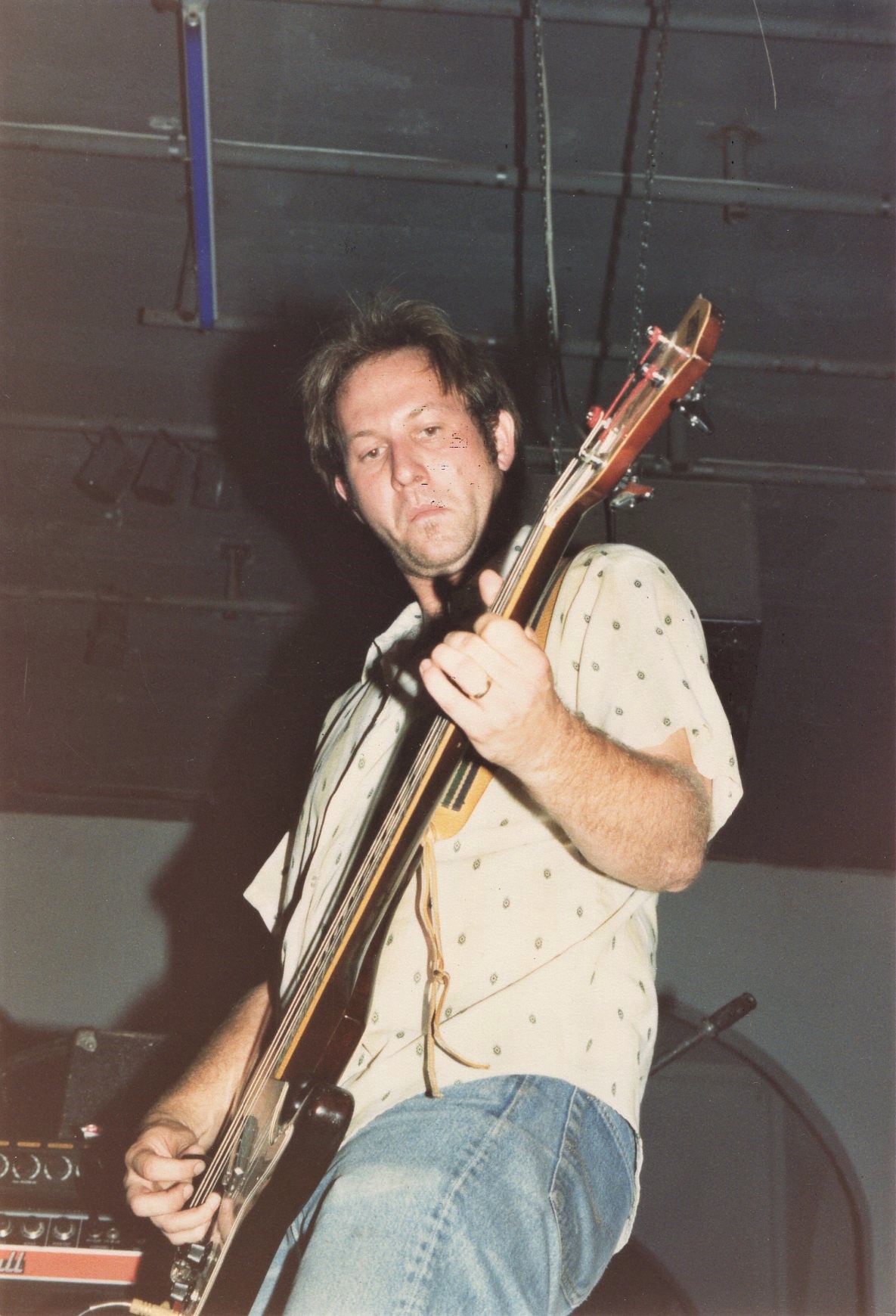
Your label is still very active and I would love it if you can share what was the original idea behind starting it in 1980?
I was still in college as an art student at UCLA, and the first group I was involved with was called NEEF, which included several people who were also taking the conceptual art class with Chris Burden that I had signed up for. After seeing Brent Wilcox and Tim Quinn perform at one of the on-campus coffee houses with NEEF I asked them if I could join in on their next rehearsal. I had recently bought my first guitar and was figuring out what to do with it and it seemed like their level of musical accomplishment was pretty similar to my own (meaning we were all still struggling to make sense of how to play something and have it all hold together). After several months of improvising sounds in one of the vacant art studios on campus on weekends (and Brent recording everything we did), we decided to make a 7” record. Brent and Tim were friends with The Urinals, another band of UCLA students, and as they had made a record we decided to do the same. We all contributed $40 and had as many records pressed up as the $200 would get us, which turned out to be 163 copies.
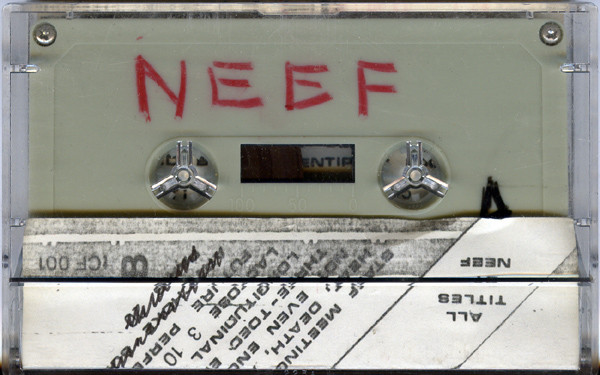
It was such a kick to have something we’d actually recorded on a record, seeing it in the local stores we consigned them to, having people actually buy them (!!!), and getting letters from people in Europe who had found out about it and ordered copies through the mail. I decided I wanted to make another record, one of my own, and to make it as a fine art project. The UCLA art department had a course titled “Independent Project,” in which a student would conceptualize a project that they would dedicate themselves to completing during the term, then find an instructor who would be their faculty advisor. I asked Chris Burden if he would be my faculty advisor for a 7” record art project and he agreed. I always liked the idea of creating art and having it live in the world outside of the rarified art gallery and museum atmosphere, so making a record as a piece of conceptual and fine art was what I set out to do. In many ways since then I’ve tried to do the same, balancing the art with the limits of offering the records in the commercial world, which hasn’t always been easy. But I do my best to continue to create something that not only pleases me but also gives joy to others, and helps to enhance the commercial music environment by allowing people to discover something special in their local music shops.
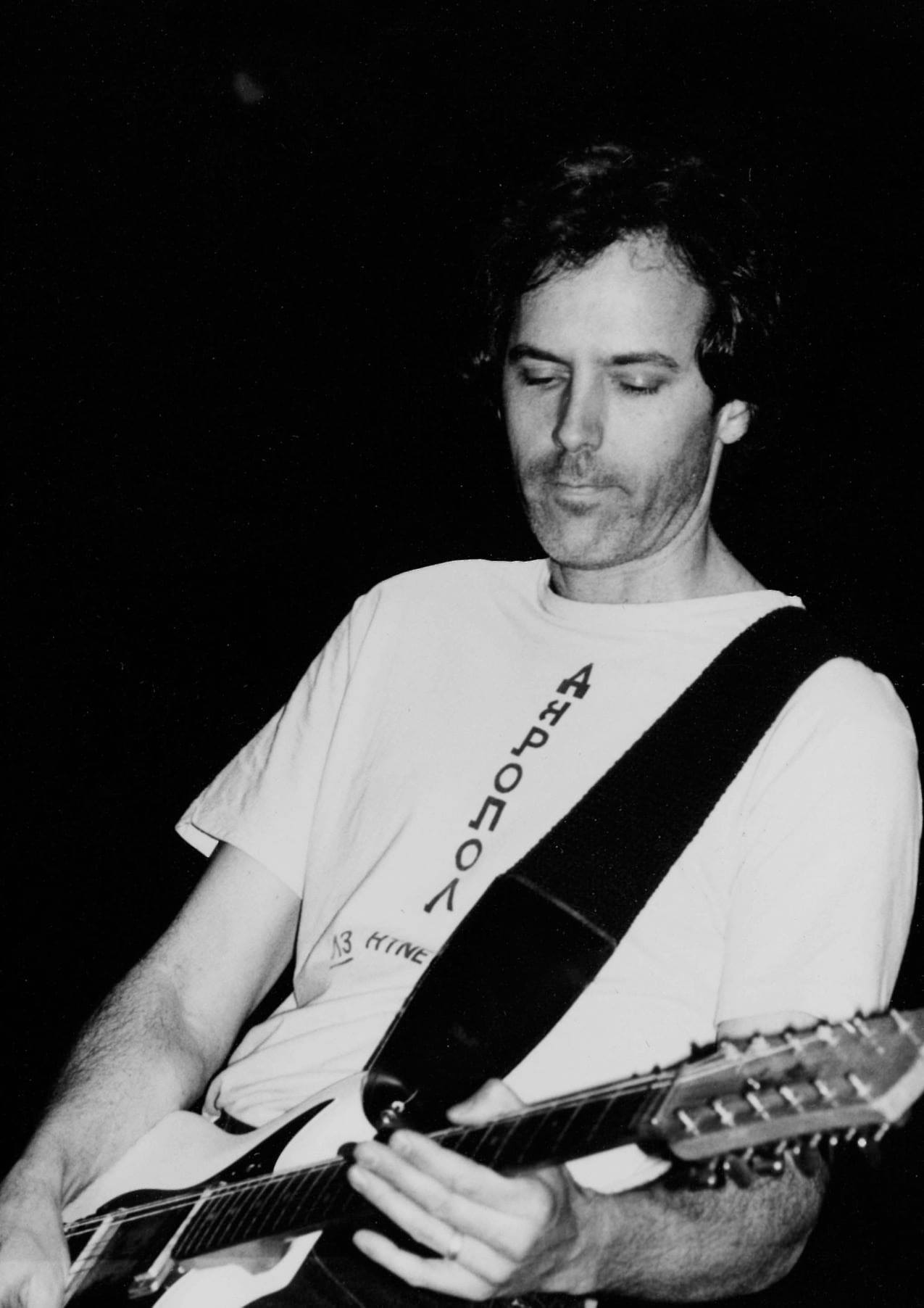
What are some of the releases you’re the most proud of?
Savage Republic’s debut album ‘Tragic Figures’ is still something that stands up to this day as a unique piece of music and art, and I’m so pleased that I had the opportunity to revisit that release through the expanded letterpress edition co-released by IPR and the Real Gone Music label last year.
The letterpress edition of ‘Echelons,’ the first album from For Against, was my first attempt at making both an “art edition” and a commercial edition of the same release, which allowed me to go a bit overboard on the packaging for the letterpress edition. It was worth it though, as I received a nomination for a Grammy award for best album packaging for my efforts, which helped to bring more attention to the work I was doing in the music industry.
‘The Other Side of The Fence,’ the double 10” release by Abecedarians in the IPR Archive Series, contains music that I’d wanted to release since I first heard the band’s original demo tape that they sent me in late 1984. I had planned to do a release through some contacts I had at Rough Trade in San Francisco around 1985, but for one reason or another it wasn’t able to come together and the band ended up releasing their music through Caroline Records. Much of what was on those early demo tapes wasn’t released (although some of the songs were re-recorded and released later), and I always preferred the original demos to the later recordings. Several years after the band broke up, when I was starting the Archive Series I approached the band and was given the go-ahead to release their early demo recordings, including a number of songs I’d never heard before.
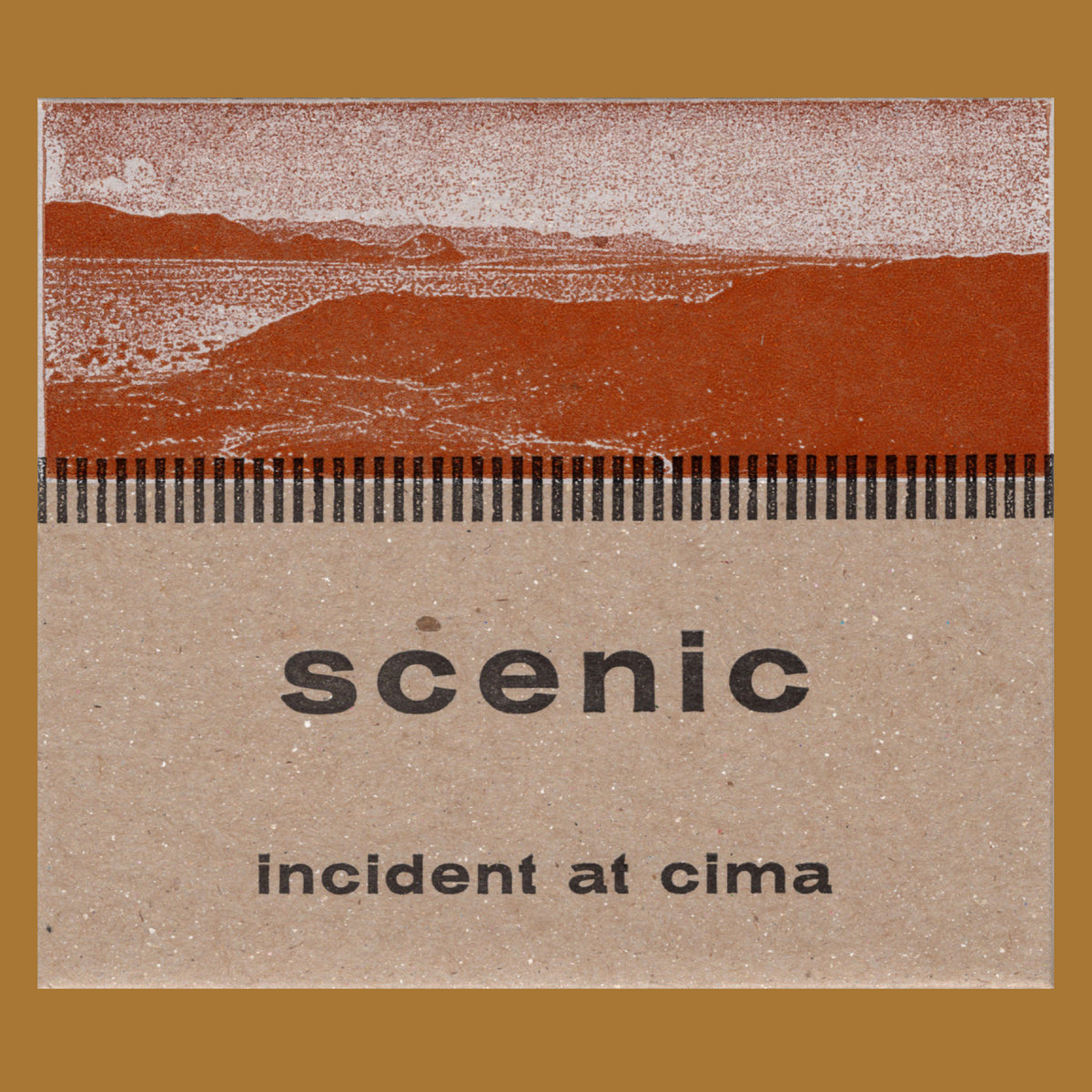
The first album from my 90’s instrumental group Scenic has always held a special place for me. ‘Incident At Cima,’ conceived as a soundtrack for the East Mojave Desert, and accompanied by photographs I had taken in the area, feels like one of the most pure artistic creations I’ve had the opportunity to put together in my years of releasing music.
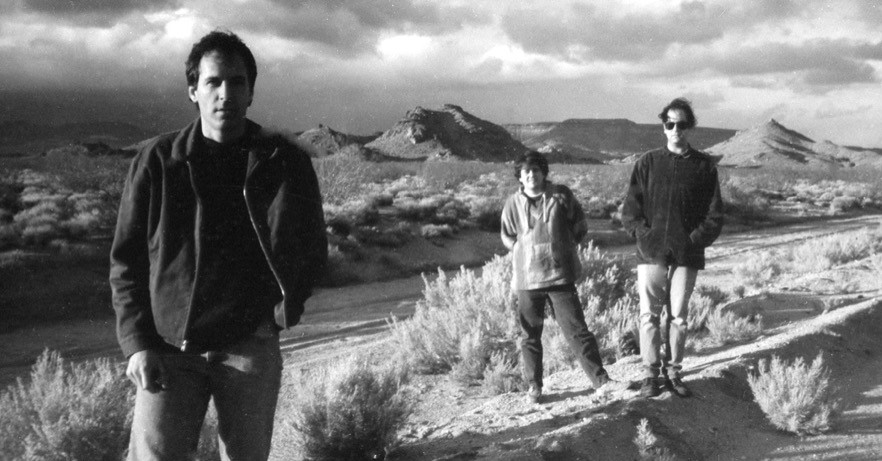
Throughout the 1990’s one of my favorite bands was Stereolab, and so to have the opportunity to release a limited edition 7” at the turn of the century featuring several of their previously unreleased songs was a real thrill. I went all out on the package, basing the design around an original Verve Records jazz LP cover by Gary McFarland from 1965 called ‘The In Sound’. I was very happy with how this one turned out.
The label announced remastered and expanded IPR classics…
We have a lot of projects in the works at the moment. We’ve just released expanded editions of my ‘Exploratorium’ solo recordings from the late 90’s along with the ‘Tape Excavation’ album that compiles previously unreleased tracks from a number of musical projects I’ve been involved with, spanning the years 1980-2019. We’re also starting on an extended reissue project of the A Produce catalogue of ambient electronics, with an expanded CD edition of his 1988 debut solo album ‘The Clearing’ just released and an expanded double disc set of his ‘Land of A Thousand Trances’ album from 1994 in production now. A Produce (Barry Craig) was also guitarist in early 80’s post punk group Afterimage, and we have a definitive retrospective of their recordings in production. We’re also working again with the UK-based duo Woo (brothers Mark & Clive Ives) and will be releasing a double album set of theirs later in the year. My partner in IPR, Jeffrey Clark, is working on several archival projects at the moment including the previously unreleased recordings from his early 80’s group Torn Boys, which also featured guitarists Grant-Lee Phillips and Kelly Foley. We are also working with Camper Van Beethoven guitarist Greg Lisher on his next solo project, a wonderful album of instrumental electronics that reminds us of some of the better 1970’s library/production music. We are also working on an expanded re-issue of the 2007 album ‘From Now To OK’ by New York-based group Springhouse which will include a number of previously unreleased bonus tracks. Another New York-based contemporary artist we are working with is Alison Clancy, a dancer/performer/musician whose ‘Mutant Gifts’ EP we released in 2021. Alison is close to finishing up her next EP, and we are excited to be able to bring that out later in the year as well. And of course, many more things in the pipeline that we can talk more about in the near future.
What else currently occupies your life?
I work a lot of the time, but my wife Karen and I also collaborate on music as SR2, with our first recording finishing up the ‘Tape Excavation’ compilation quite nicely. We expect to be recording more of our music this year and preparing to release it through IPR. Karen is an artist, and has studio space attached to the Independent Project Press print shop, where she works on her earth paintings and installations and ceramic sculpture (you can see her work at www.karennielsenlicher.com). We live in a beautiful location, the small town of Bishop in central eastern California near the Nevada border. We’re in a deep valley midway between Yosemite and Death Valley, so there’s a lot to enjoy, with hiking, floating the Owens River in our kayaks, in the summer swimming in artesian wells by the river, and collecting drinking water from a fresh water spring in the Long Valley Caldera.
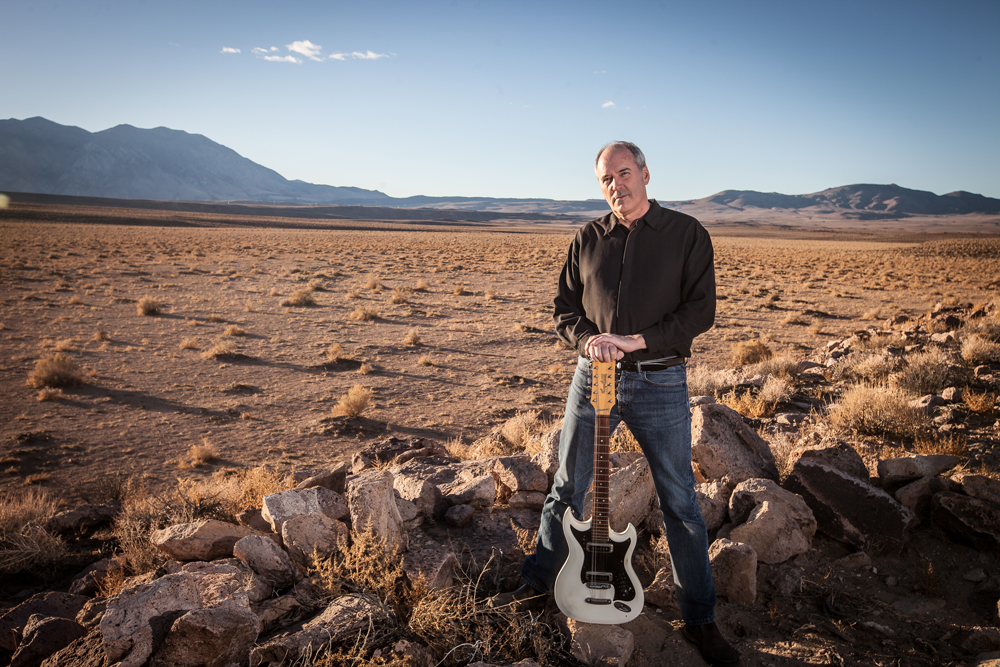
Thank you for taking your time. Last word is yours.
Thank you for the opportunity to share about the work I’ve done. I’m always astonished by how much amazing music has been created that is virtually unknown to the world at large. My goal is to help make more of this music available for people to enjoy, along with continuing to create more of my own special sounds.
Klemen Breznikar
Headline photo: Savage Republic Greece (1987) | Bruce Licher archive
Independent Project Records Official Website / Facebook / Instagram / Twitter / Bandcamp / YouTube

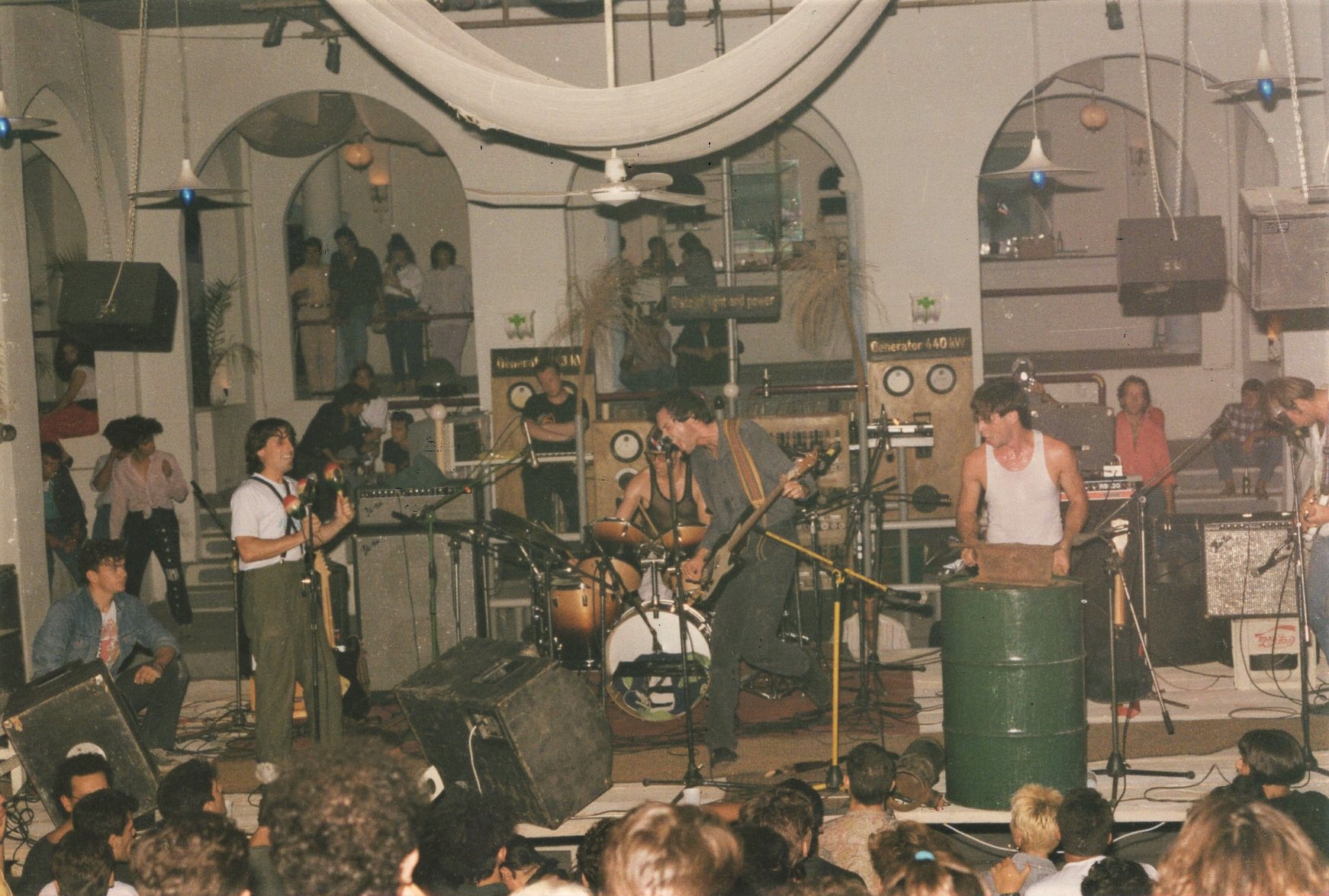



AFRICA CORPS one of the best punk bands. Savage Republik also very very good. How much better the US punk bands than the uk ones. Thanks for the interview.
Africa Corps there was a misunderstanding. I mean THE AFRIKA KORPS the fantastic punk band wirh the 2 excellent album Music to kill by & hello world.
One of the finest articles of the site, Bruce Licher relates his proud musical legacy well. Savage Republic and “Tragic Figures” are among the most underrated in Rock and deserve to be better known.